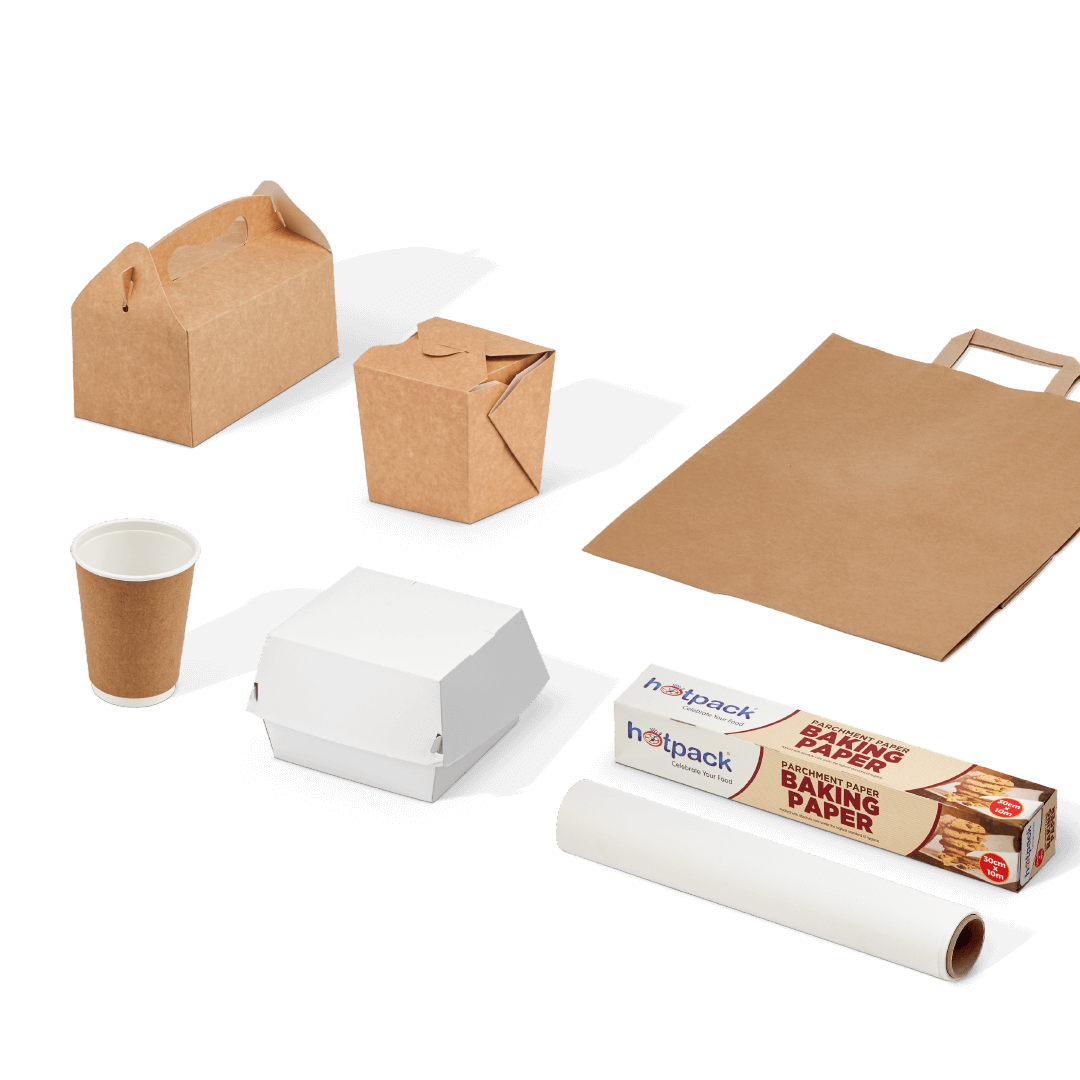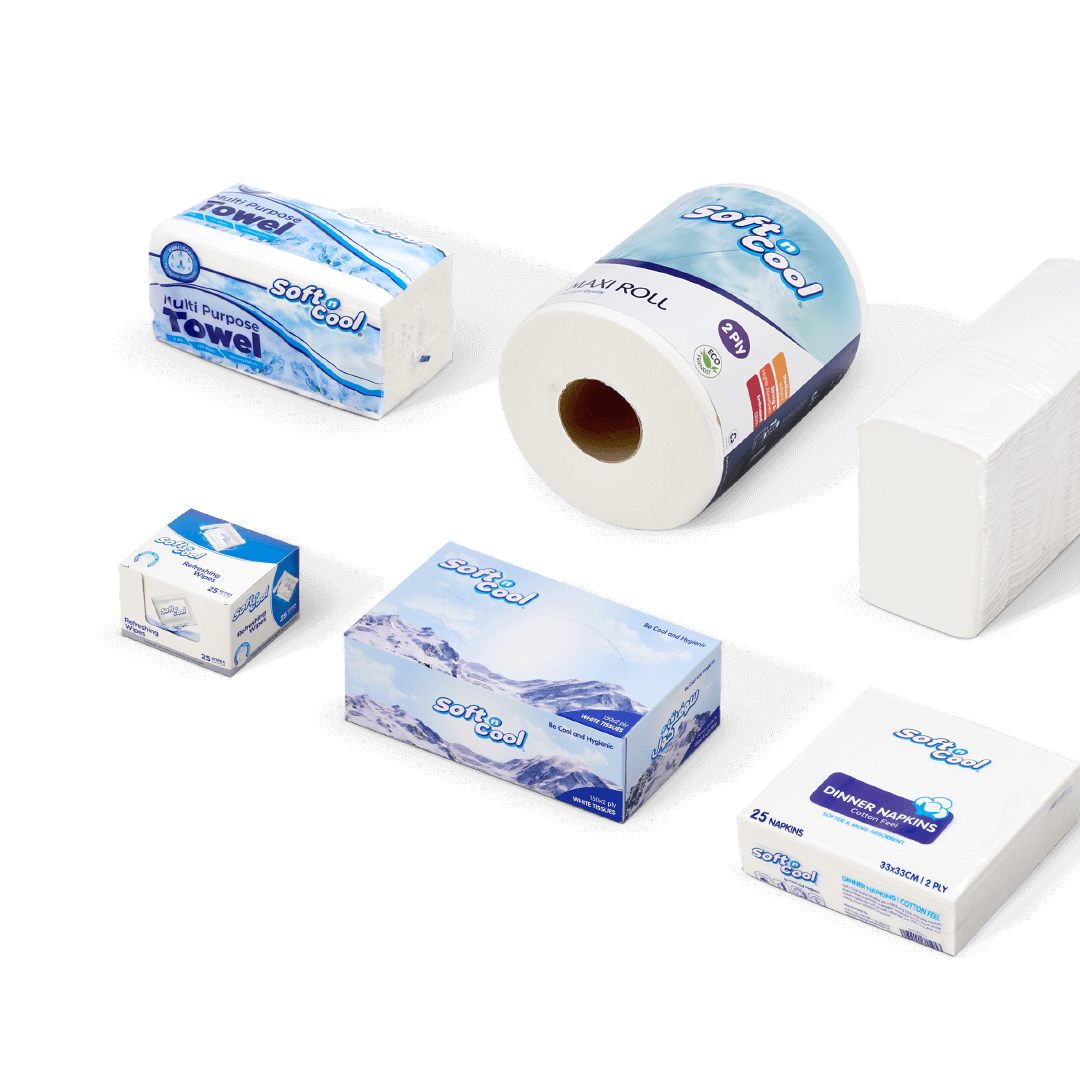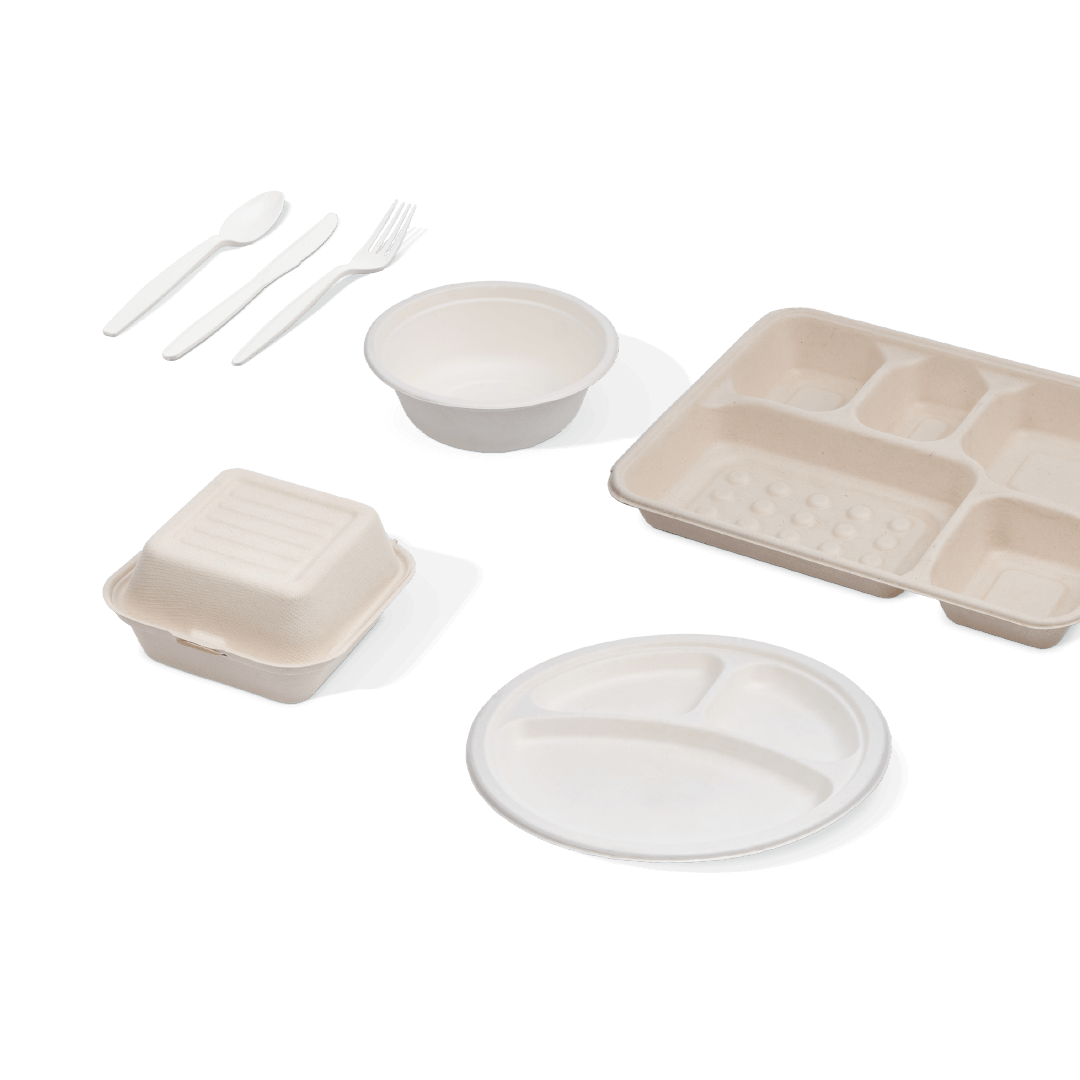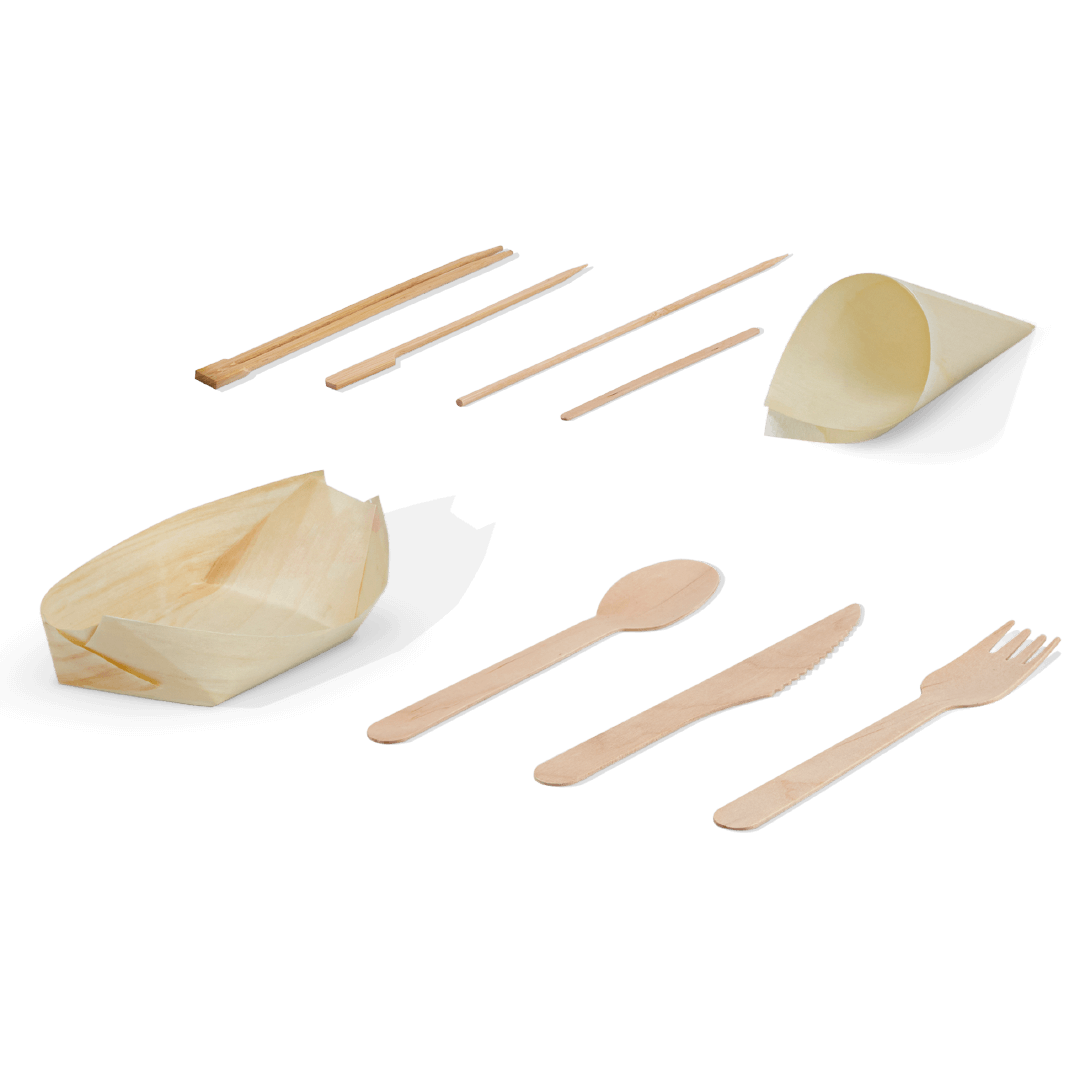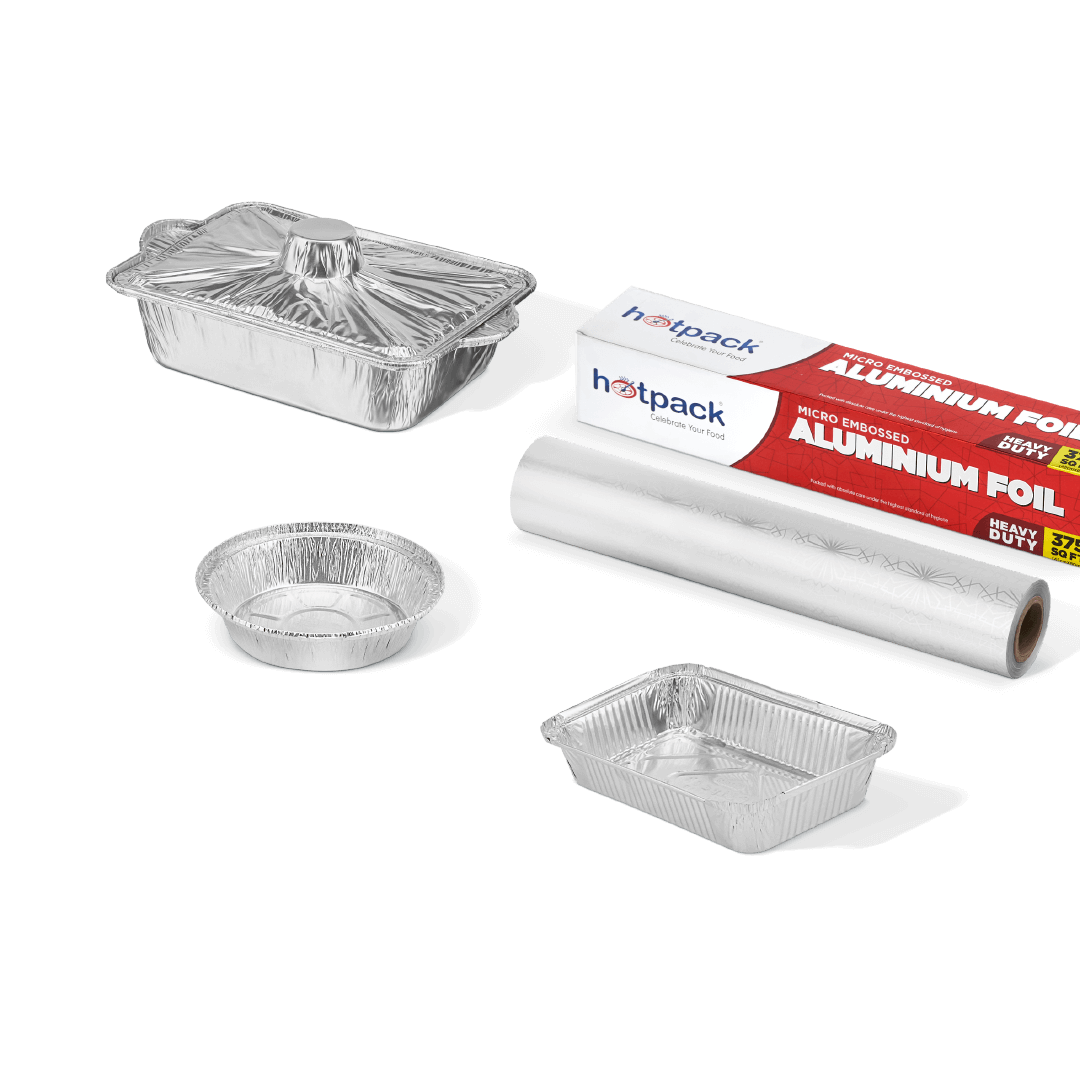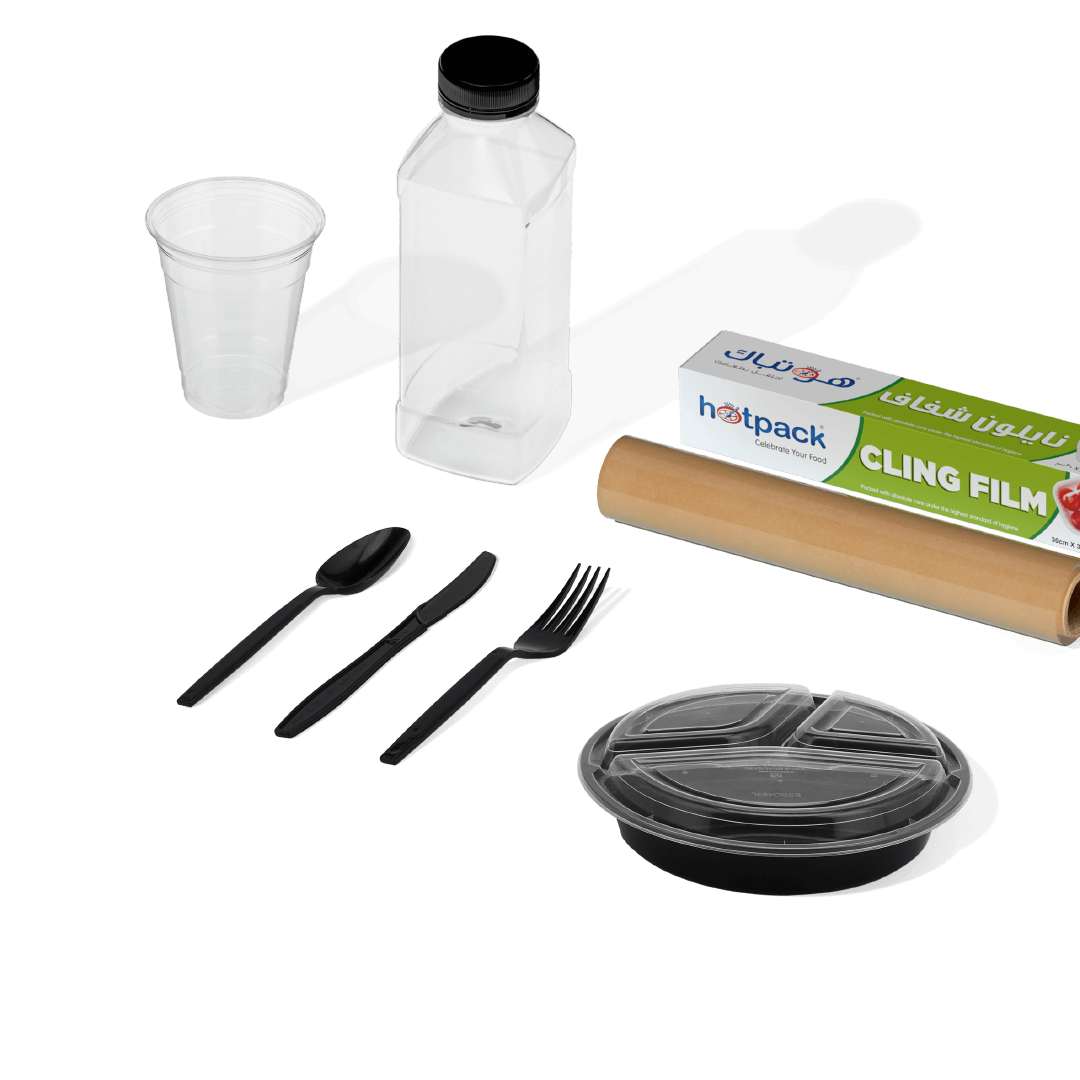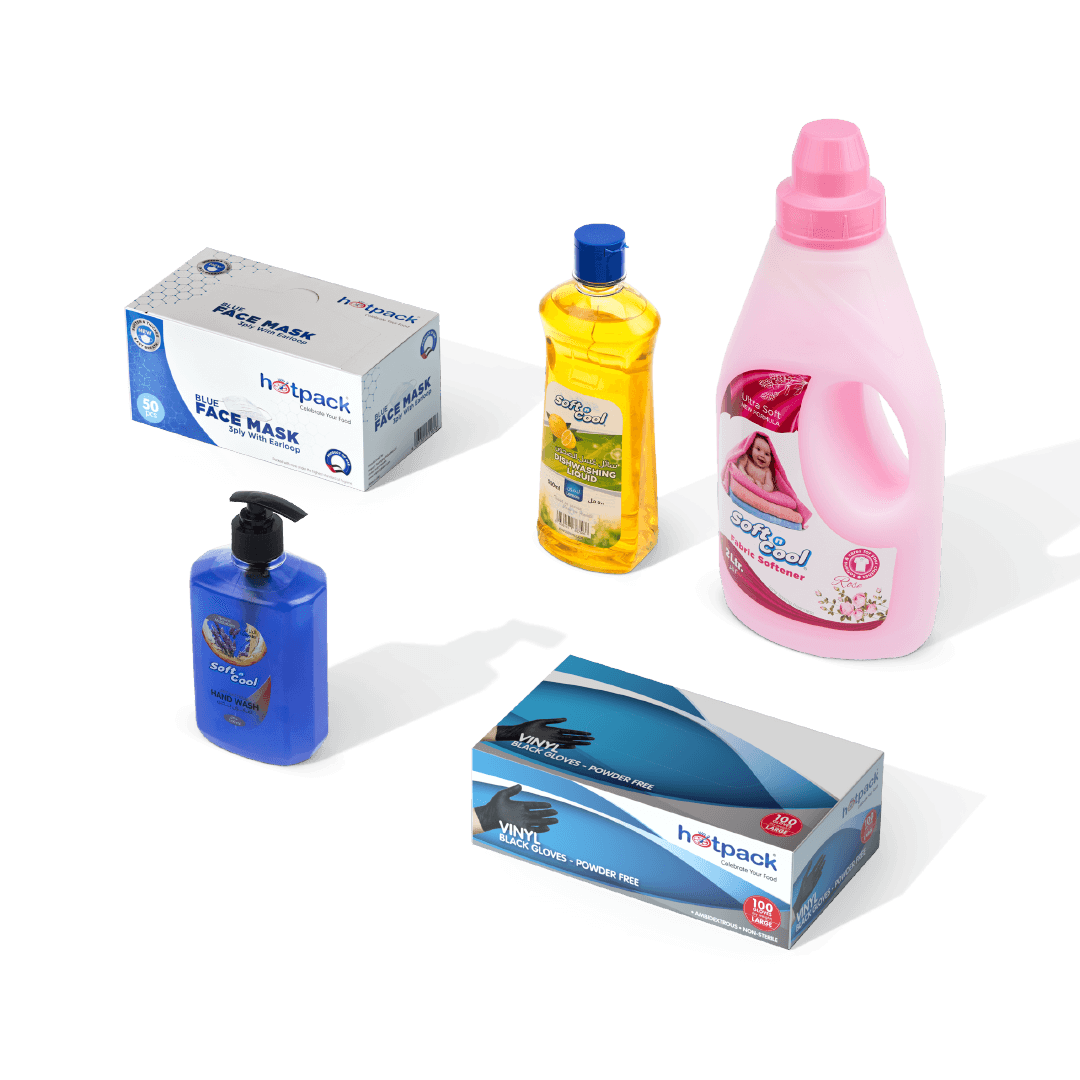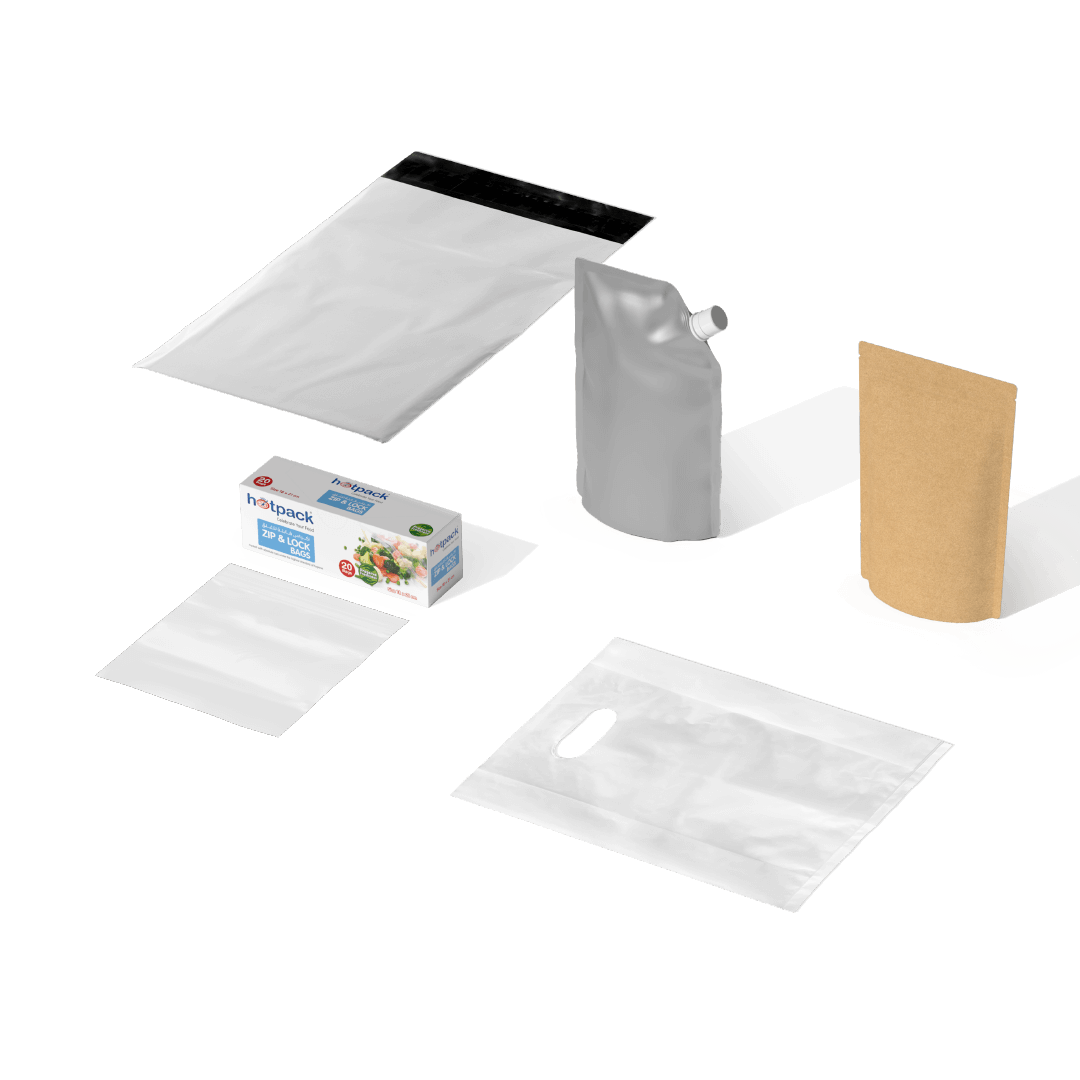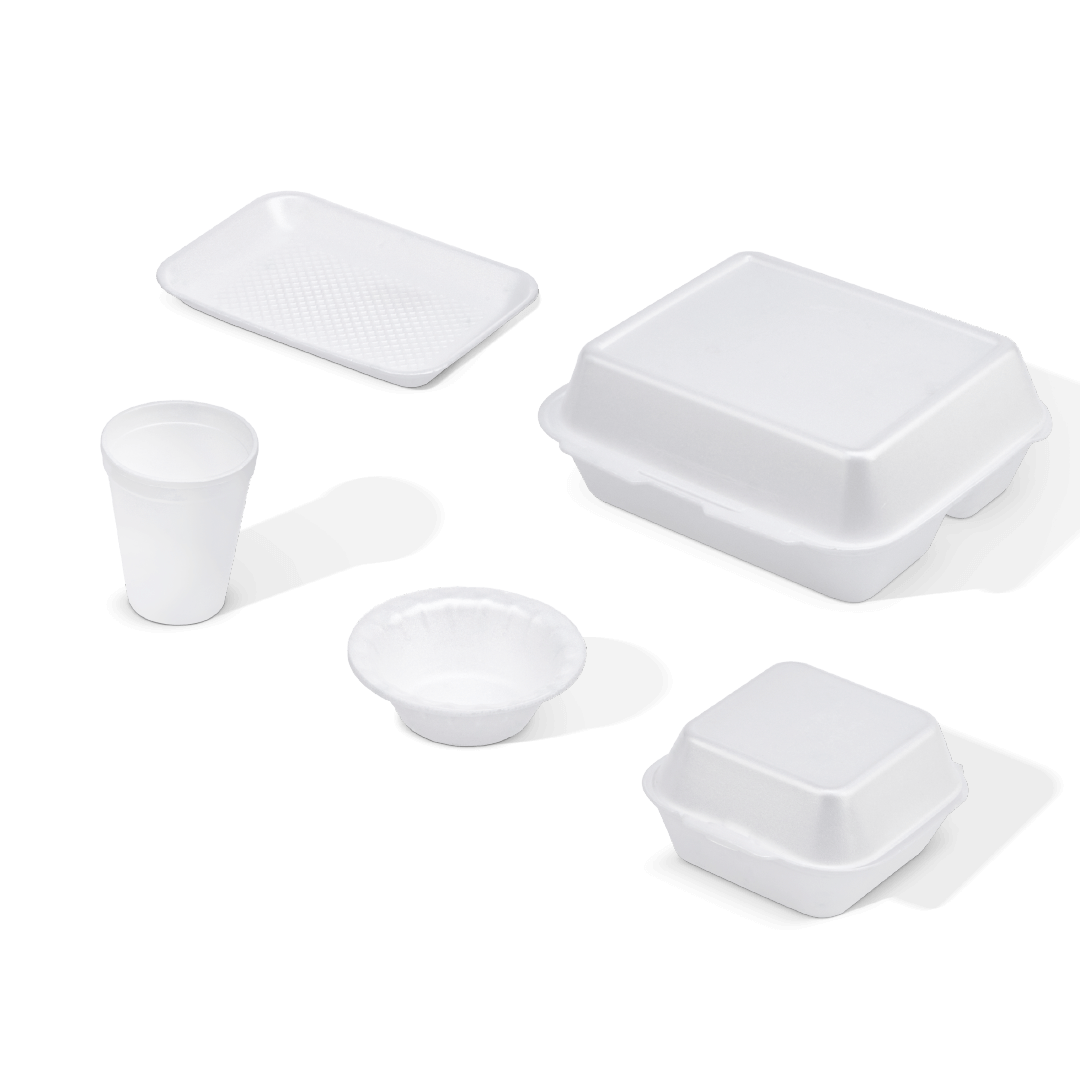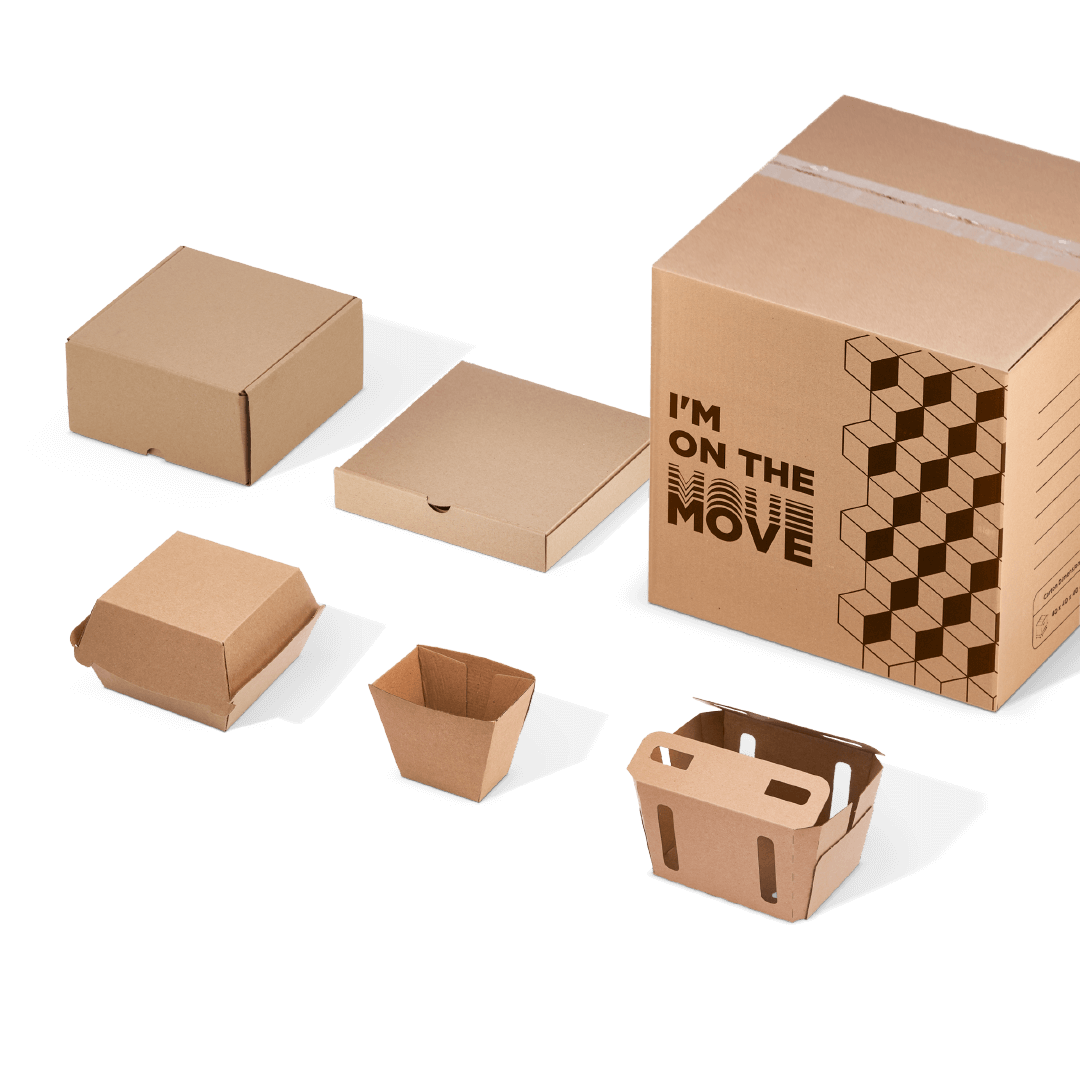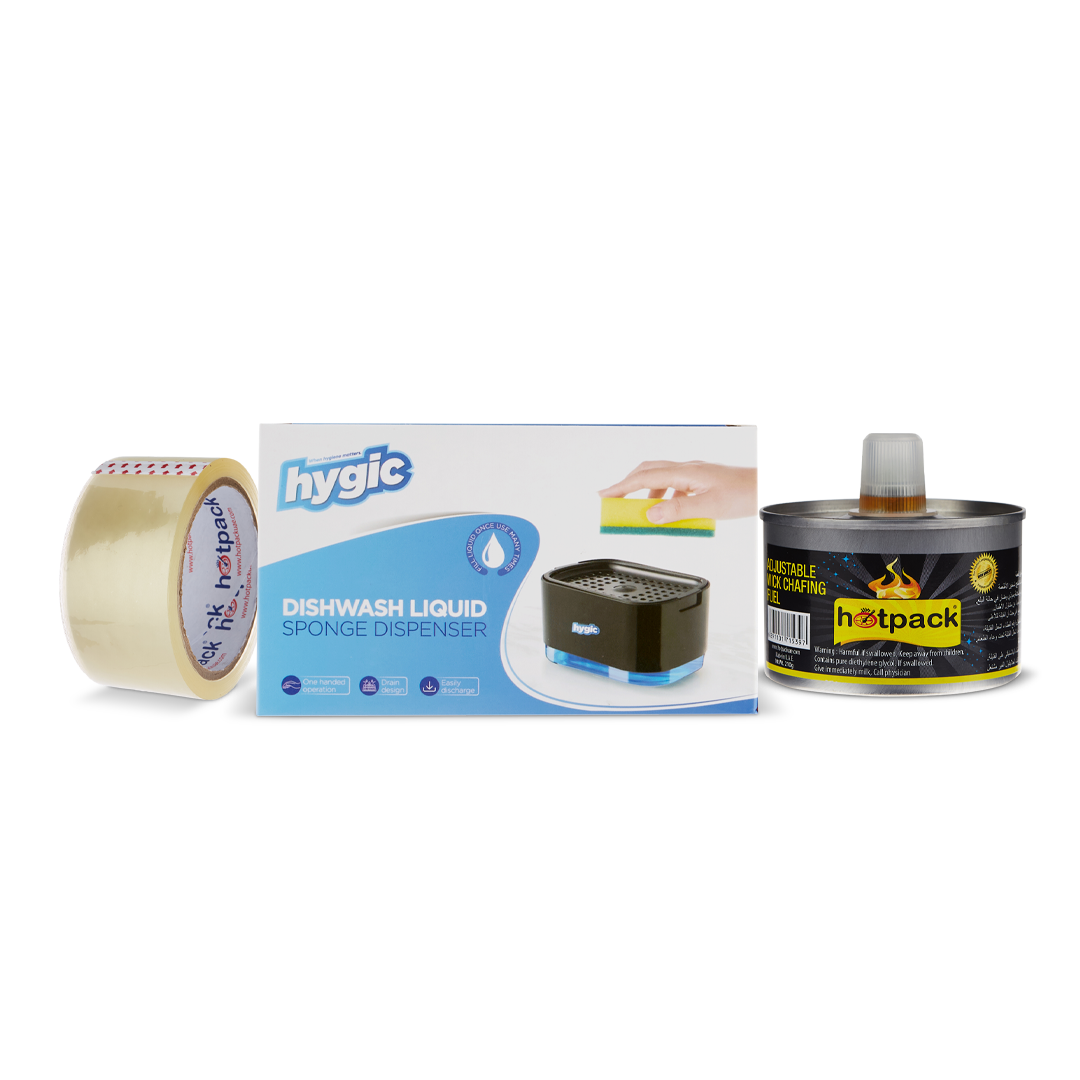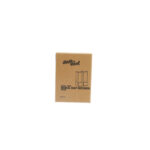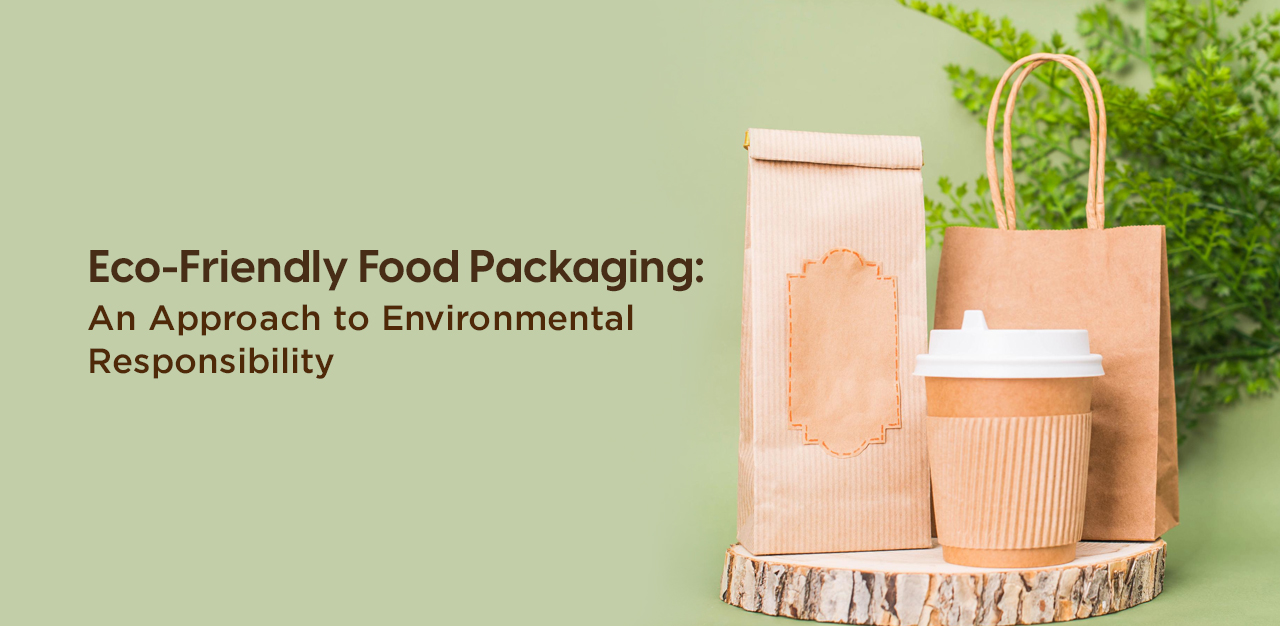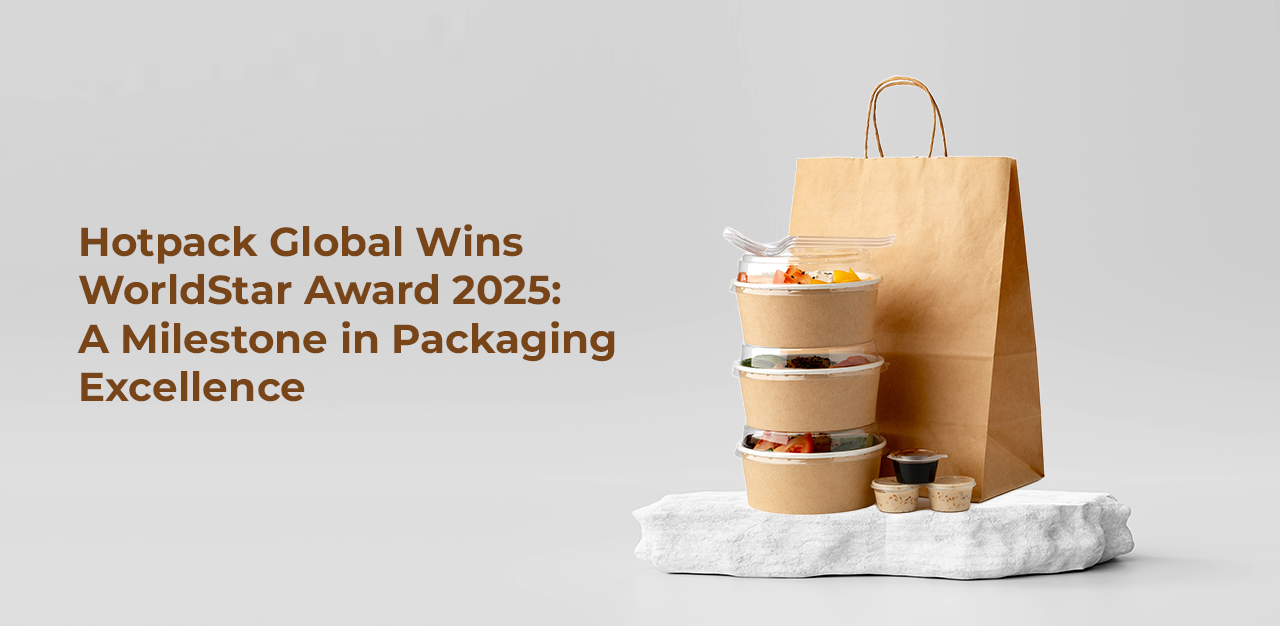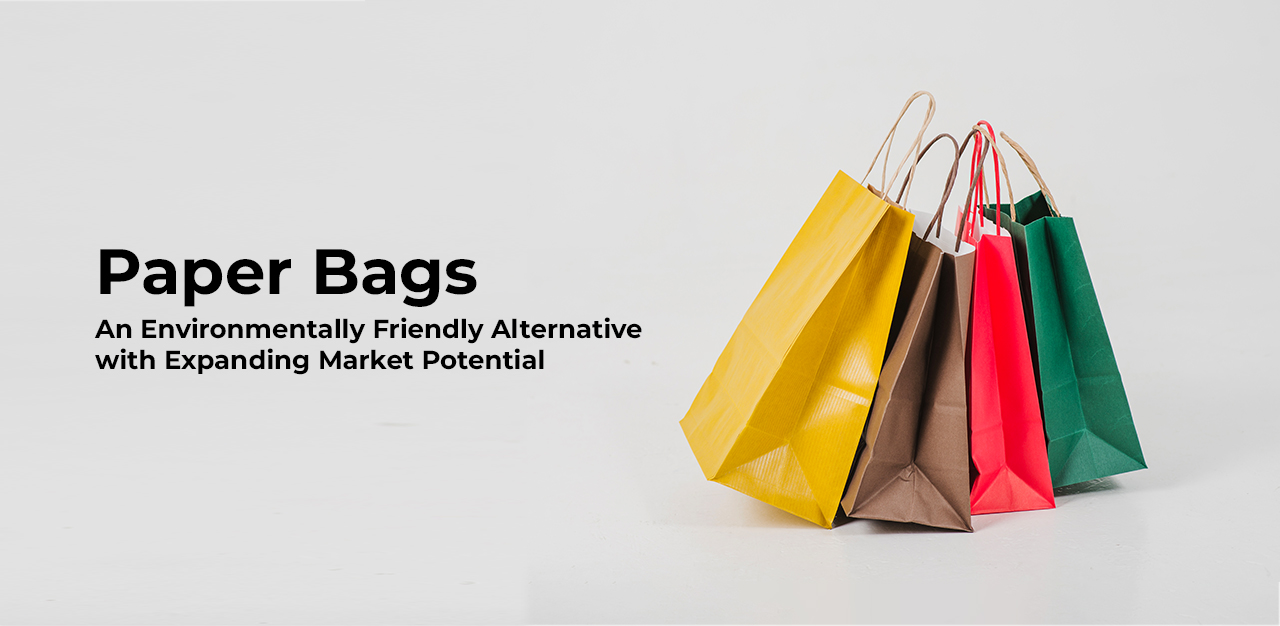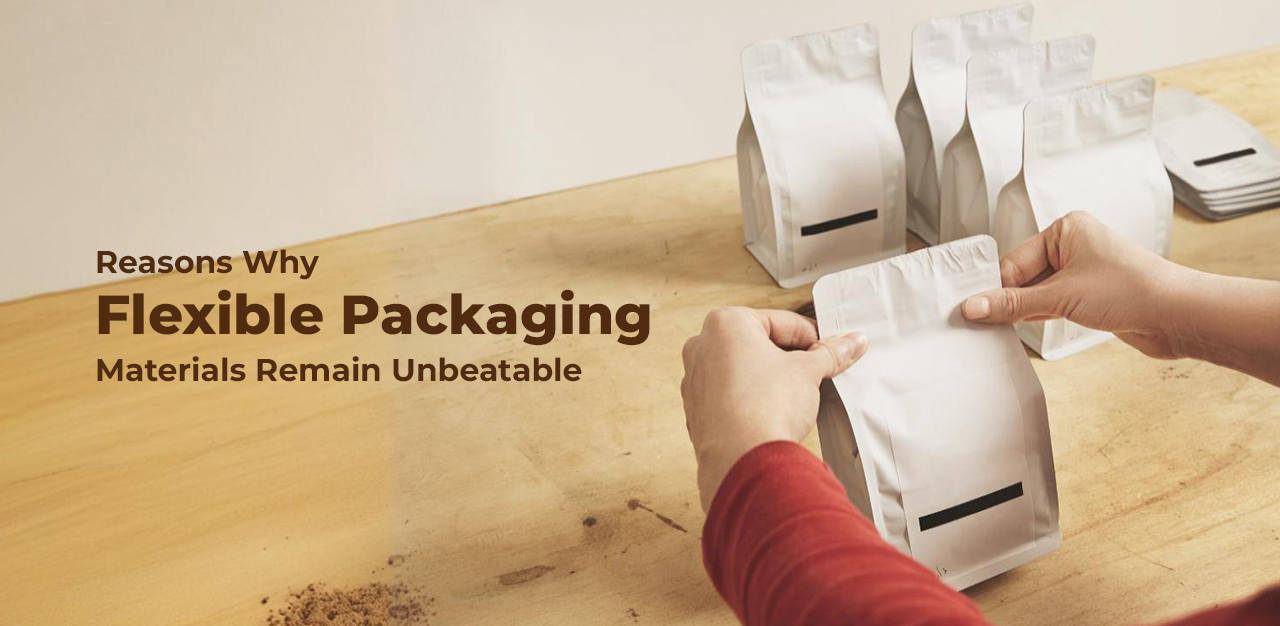As customer worries about environmental impact and package leaks rise, sustainability has become a prominent trend in the constantly changing food service packaging market. The market for environmentally friendly foodservice packaging is anticipated to expand significantly; it is currently valued at USD 61.94 billion in 2024 and is predicted to reach USD 83.37 billion by 2030. This spike is explained by the growing number of urban residents looking for quick, prepared food options, which is driving up demand for environmentally friendly solutions.
The food sector is going through a paradigm change toward sustainable practices, especially in packaging, in response to these trends. Sustainable food packaging materials are now essential to minimizing the industry’s negative environmental effects while maintaining the supply of safe and fresh goods. Leading this movement is Hotpack Global, which provides a wide selection of environmentally friendly food packaging solutions designed to satisfy the demands of green businesses.
Let’s examine what makes food packaging sustainable and why Hotpack Global is a reliable partner for companies wishing to implement green practices.
The Problem with Traditional Packaging
Traditional packing materials have long been a major cause of concern for the environment. According to statistics, non-sustainable packaging has a significant impact on pollution and trash.
According to the Environmental Protection Agency (EPA), a significant portion of municipal solid trash is generated by packaging and containers. They estimate that 82.2 million tons were impacted in 2018 alone. The majority of this packaging is composed of dangerous materials like Styrofoam and plastic. Considering this fact, it is simple to understand the power of packaging.
What is Sustainable Food Packaging?
Packaging that is considered sustainable aims to have a smaller environmental impact. There are three basic kinds of environmentally friendly packaging choices. These packaging materials are recyclable, compostable, and biodegradable.
Food packaging made of biodegradable materials return to the environment unharmed as it decomposes naturally. Living things aid in the decomposition of these materials, which are frequently composed of organic materials. They work well to lessen the amount of long-term garbage in landfills.
Materials for packaging that can be composted are advanced versions of biodegradable materials. When composted, they break down into non-toxic parts that give the soil nutrients. For this kind of packaging to break down correctly, certain circumstances must be met. For them to break down efficiently, the correct humidity and temperature are required.
Recyclable packaging materials are created by gathering, processing, and repurposing materials to create new goods. This procedure lessens waste production, lowers environmental impact, and conserves resources. Typical recyclable materials include glass, metal, cardboard, paper, and some types of plastic.
Characteristics of Sustainable Food Packaging
Sustainable food packaging is distinguished by a number of important elements that support both its environmental effect and friendliness. Businesses can choose packaging materials and designs with confidence if they are aware of these features.
-
Utilization of recycled and renewable resources
The use of renewable resources, such as bioplastics, materials that can be composted or biodegraded, or paper that is sourced ethically, is given priority in sustainable food packaging. These resources support a circular economy by lowering dependency on finite resources. Sustainable packaging should also be simple to recycle so that it may be effectively processed and reused.
-
Reduction in packaging waste
Reducing waste at every stage of the package life cycle is a crucial component of sustainable packaging. This entails pushing lightweight designs, eliminating extra layers or components, and optimizing container proportions to use less material. Businesses may lessen their environmental impact and help create a more effective waste management system by cutting back on packaging waste.
-
Integration of inventive designs
Innovative designs are typically used into sustainable packaging to further improve its environmental friendliness. This can include ideas like minimalist packaging, which uses less superfluous materials, or edible packaging, which attempts to completely eliminate waste. Businesses may push the envelope of sustainability and come up with innovative solutions that improve the customer experience and the environment by embracing innovation.
Hotpack Global: Order Food Packaging Products
When it comes to obtaining sustainable food packaging materials, Hotpack Global is the place to go. They meet your packaging demands and support your sustainability objectives with a variety of alternatives that include biodegradable containers, compostable utensils, eco-friendly bags, and disposable paper cups price.
Hotpack Global prioritizes sustainability while ensuring quality through stringent testing, providing goods that are both compliant and long-lasting. Additionally, eco-friendly packaging is affordable for companies of all sizes because of low pricing and customisation possibilities that let you express your brand identity. There is also professional advice available to help you smoothly make the switch to sustainable packaging. Hotpack Global is a reliable partner that enables companies to provide outstanding products to customers and have a beneficial impact on the environment in today’s environmentally sensitive world. Pave the path for a more sustainable and environmentally friendly future by joining Hotpack Global in the movement towards by ordering food packaging products.
To read more about the Food Packaging Materials and Their Diverse Types: Click Here

